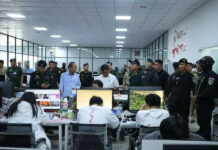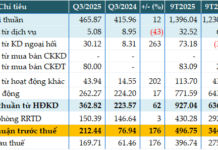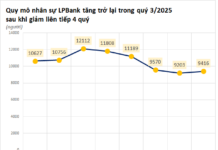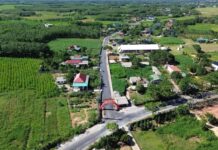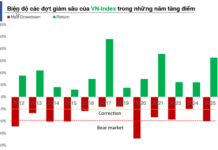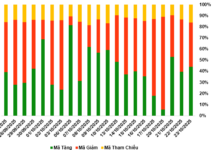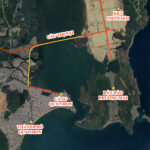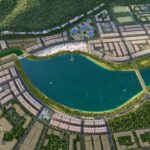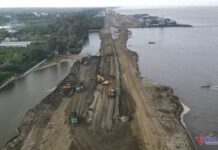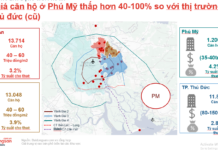
Dam Thi Nai is the largest saltwater lagoon in Binh Dinh Province, spanning the territories of Quy Nhon City, Tuy Phuoc District, and Phu Cat District. This area is where the mighty Con and Ha Thanh rivers converge, with Quy Nhon Port marking the southern end of the lagoon.

Stretching approximately 16 kilometers in length, Dam Thi Nai varies in width from 500 meters at its narrowest point to a vast 5 kilometers at its widest. With a total water surface area exceeding 50 square kilometers, it is the second-largest lagoon in Vietnam, only surpassed by the Tam Giang – Cau Hai lagoon system in Thua Thien Hue Province. Impressively, Dam Thi Nai is ten times the size of Hanoi’s West Lake (around 5 square kilometers).
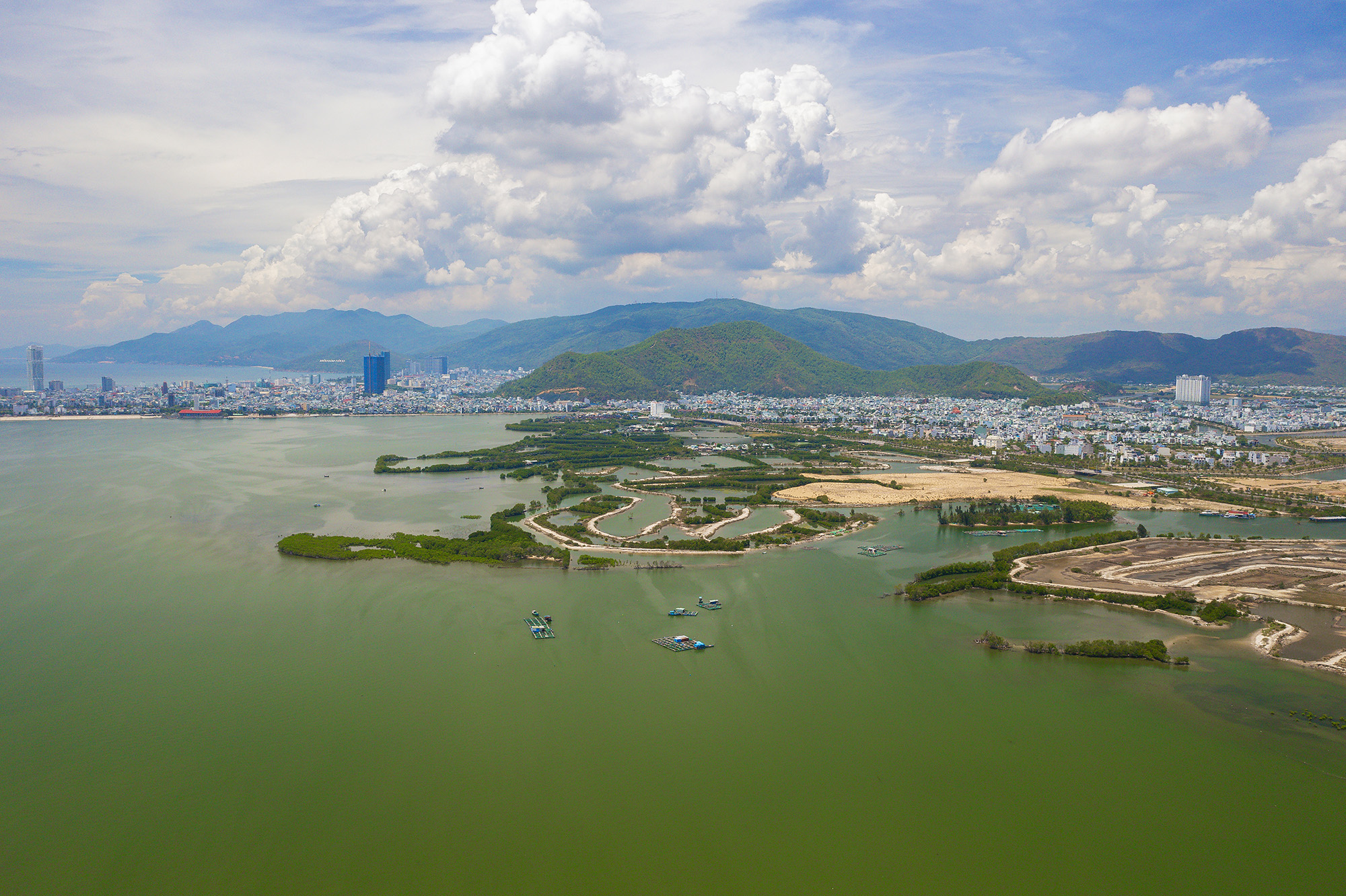
Nestled in a sheltered location, Dam Thi Nai is encircled by mountains, notably the majestic rocky mountain range of the Phuong Mai Peninsula. This natural barrier serves as an enormous windscreen, protecting the city of Quy Nhon from the open sea.
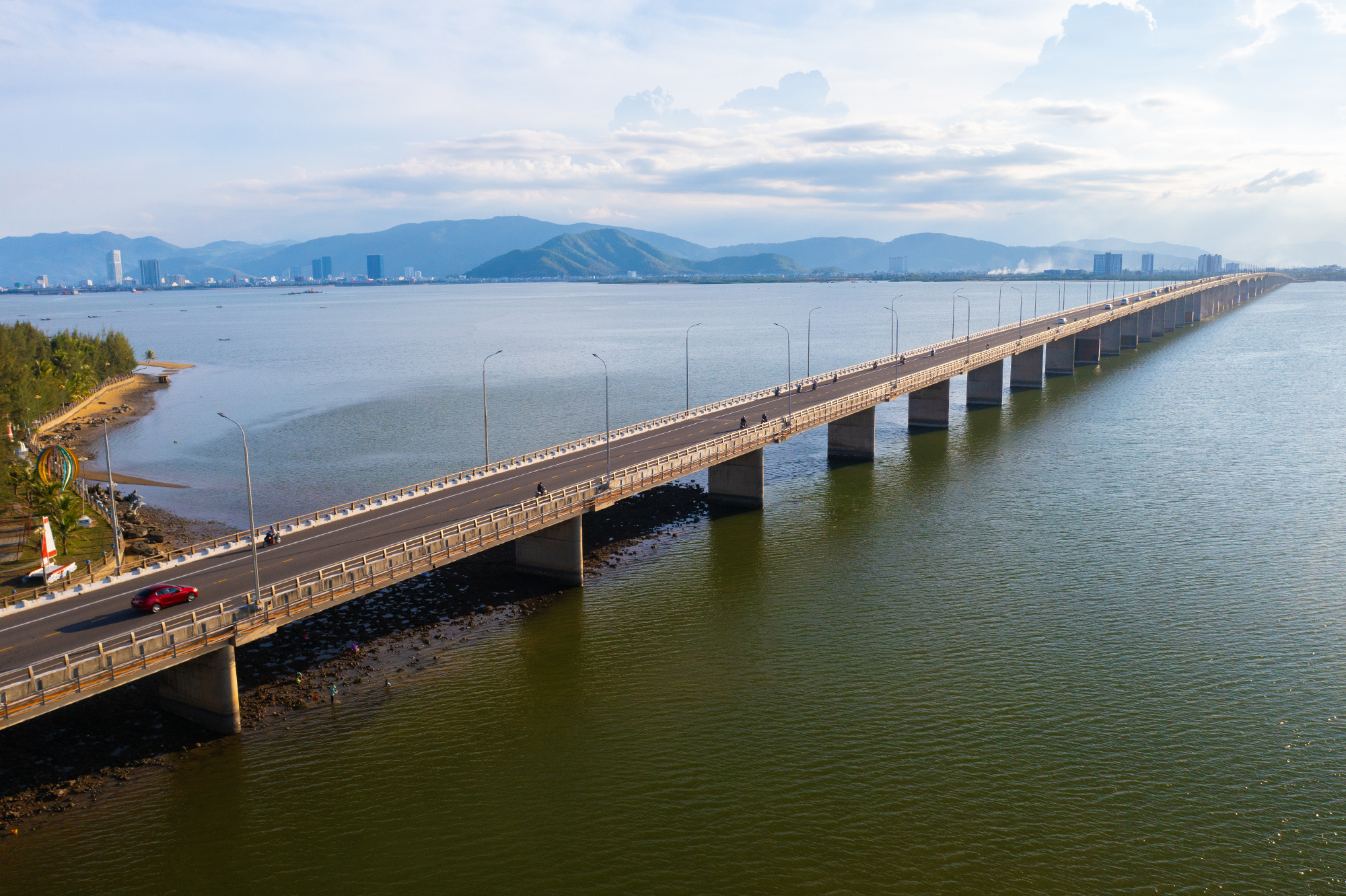
Spanning the lagoon is the Thi Nai Bridge, connecting Quy Nhon City to the Phuong Mai Peninsula. From this bridge, visitors can take in sweeping views of the vast lagoon, dotted with fishing boats casting their nets.

The Thi Nai Bridge boasts a total length of over 7 kilometers, including five smaller bridges and the main Thi Nai Bridge, which spans nearly 2.5 kilometers. It once held the record for being the longest sea-crossing bridge in Vietnam, with 54 spans.
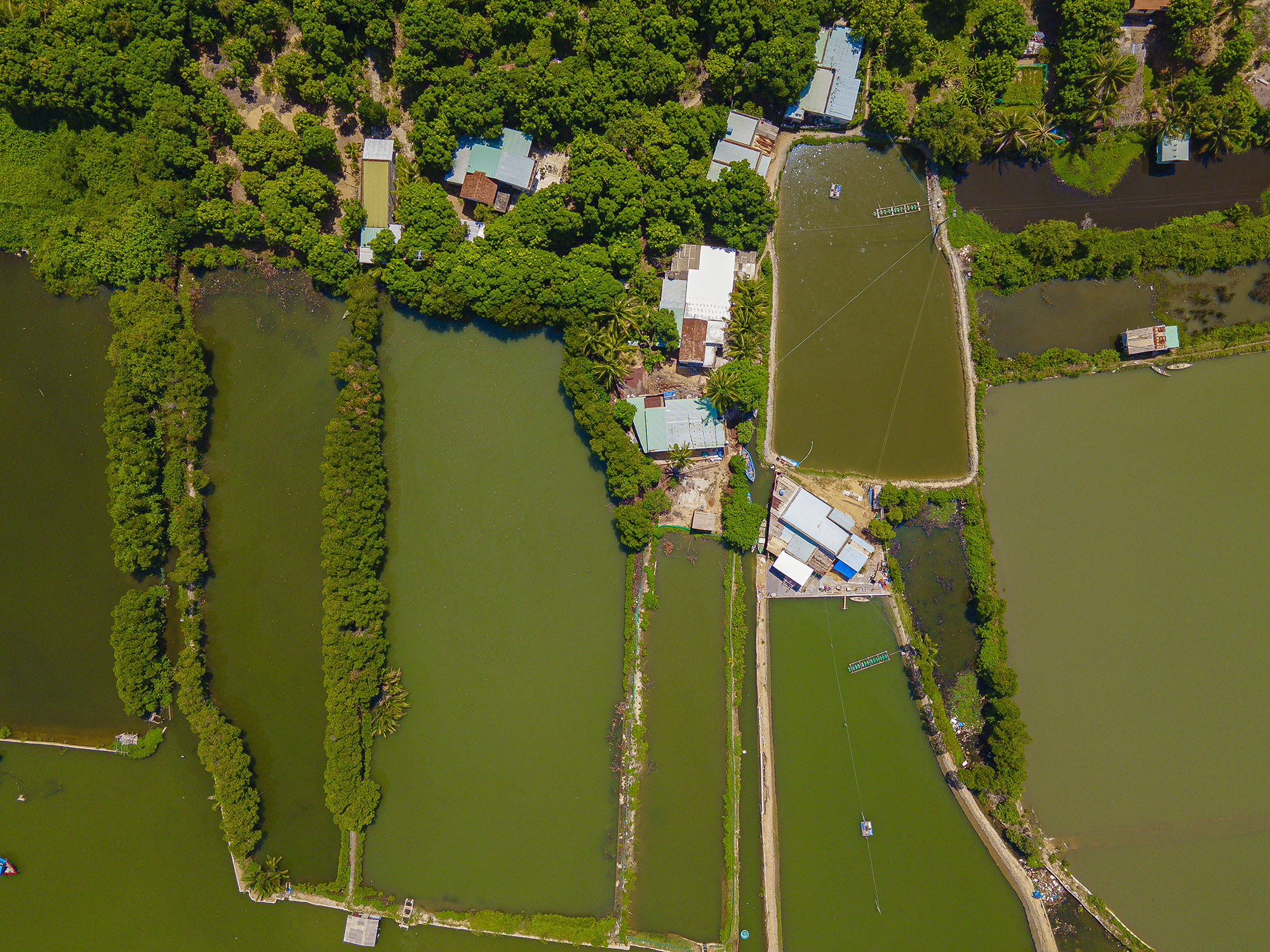
Additionally, Dam Thi Nai boasts a diverse ecosystem, home to numerous rare and economically valuable plant and animal species, as well as captivating scenic spots. Mangrove forests are scattered throughout the lagoon, providing habitat for these precious organisms.

The existing Quy Nhon cityscape is characterized by a unique setting, nestled between mountains and the sea, spanning an area of less than 285 square kilometers. With an average population density of over 1,000 people per square kilometer, this figure is triple the national average of 321 people per square kilometer.

The city’s inner area seems to have insufficient space to accommodate the development of a modern and civilized urban center. Meanwhile, Quy Nhon is blessed with the vast Dam Thi Nai lagoon right within the city, a unique natural gift rarely found in other Vietnamese cities, yet it has remained untapped for a long time.

Given these inherent natural advantages, the master plan for Binh Dinh Province for the period 2021-2030, with a vision towards 2050, approved by the Prime Minister, foresees the expansion of Quy Nhon City towards the northeast, with Dam Thi Nai as its new center. The Phuong Mai Peninsula to the northeast will be transformed into a bustling, modern urban area, while the northwestern area, encompassing the communes of Tuy Phuoc District, will evolve into a peaceful, ecological city.

Consequently, the urban areas surrounding Dam Thi Nai will become the core, forming the central urban hub of Quy Nhon, seamlessly connecting with logistics hubs at Phu Cat Airport, An Nhon Town, coastal urban areas, and more, thereby shaping a modern and progressive face of Binh Dinh Province.

To enhance transportation links and expand the city, Quy Nhon also plans to construct the Thi Nai 2 Bridge across Dam Thi Nai, parallel to the existing Thi Nai Bridge, along with the Thi Nai 3 and Thi Nai 4 Bridges, connecting district centers, town centers, National Highway 1A, and a parking lot and bus station in the Nhon Hoi Economic Zone.
The Longest Sea Bridge in Vietnam, Connecting the City Center to the Billion-Dollar Peninsula
The Thi Nai Bridge, spanning the Thi Nai Lagoon in Quy Nhon City, Binh Dinh Province, once boasted the title of Vietnam’s longest bridge for a decade. This impressive structure connects the vibrant city of Quy Nhon to the peninsula of Phuong Mai, a region brimming with untapped economic, social, and tourism potential.
What is the Minimum Lot Size for a Red Book in Binh Dinh Province?
The People’s Committee of Binh Dinh Province has set out regulations regarding minimum land sizes and dimensions for subdivided land plots. These new rules stipulate that residential land plots in urban areas must maintain a minimum area of 40 square meters, with a minimum frontage and depth of 3 meters post-subdivision.
The Great Escape: A Daring Journey on the North-South Highway in Binh Dinh
The North-South Highway Project in Binh Dinh Province spans an impressive 118km. This ambitious undertaking involves navigating through treacherous terrain, including tunneling through mountains and crossing rivers. The construction of this highway is a testament to human ingenuity and perseverance in the face of nature’s challenges. The following images showcase the remarkable progress of this project, offering a glimpse into the sheer scale and complexity of the construction efforts.
Discover the Extraordinary Land of “Mutant” Gourds, Weighing a Staggering 132 Pounds, Requiring Owners to Suspend Them from Hammocks
This giant pumpkin variety, surprisingly, when planted outside of Chanh Trach Village, will only yield up to 15 kg per fruit.



